In this inaugural Uptime Intelligence client webinar, Uptime experts discuss and answer questions on cooling technologies and strategies to address AI workloads. Uptime Intelligence client webinars are only available for Uptime Intelligence…
filters
Explore All Topics
Generative AI is not only accelerating the adoption of liquid cooling but also its technical evolution. Partly due to runaway silicon thermal power levels, this has led to a convergence in technical development across vendors.
Raising supply air temperature is drawing interest from data center providers and regulators in some countries. While saving energy, it may also reduce resiliency. This report quantifies energy impacts to clarify when it can be beneficial.
Historically, data center waste heat recovery has been promoted with a focus on the benefits for the heat off-taker. And yet, the overall winner in most situations is the data center operator - even if they are not paid for heat.
Data center operators building new systems can choose from nine categories of cooling technology. Innovative cooling equipment has minimized energy and water use and the average PUE for air-cooled and water-cooled systems.
Schneider Electric's acquisition of Motivair Corporation aims to fill product gaps and meet future demand - which will be good for customers if it helps to reduce industry fragmentation
Increasing supply air temperature is gaining interest as an approach to potentially save data center energy. However, savings will not be universally possible and understanding its potential involves a complex multivariable analysis.
Water use has become a critical element of a sustainability strategy. It is a location-specific issue: local climate and resources and the data center design will determine the water use profile of the facility.
The transition to direct liquid cooling has been a slow process. Today, operators work with water cold plates more than any other type of cooling, but this might change once a wider range of DLC types become available.
Although there is still uncertainty around the rate of AI adoption, many organizations are pushing ahead to avoid being left behind. However, behind this enthusiasm, there are six issues that operators face when hosting AI.
Many data centers struggle to achieve maximum capacity and optimal cooling, resulting in troublesome hot spots. Advances in cooling optimization software have addressed this complexity and could be the answer.
Two-phase immersion was expected to revolutionize data center cooling but proved difficult to implement. With escalating silicon thermal power, two-phase is gaining substantial interest again, just in a different form: direct-to-chip liquid cooling.
There are no commonly accepted best practices or standards to refer to when assessing the fire hazard that single-phase immersion fluids pose in a data center application and the appropriate measures against them.
This report discusses recent innovations in air cooling, such as advanced evaporative cooling methods, AI-driven facility management and cutting-edge server heat sinks.
Direct liquid cooling (DLC) remains a hot topic for most data center organizations, and results from the Uptime Institute 2024 Cooling Systems Survey reveal why.
 Max Smolaks
Max Smolaks
 Daniel Bizo
Daniel Bizo
 Chris Brown
Chris Brown
 Jacqueline Davis
Jacqueline Davis
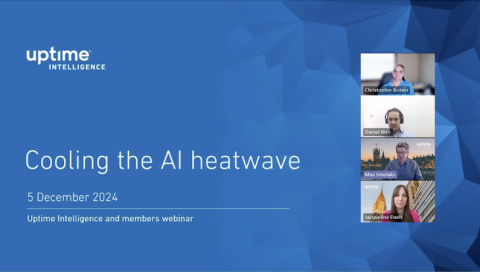
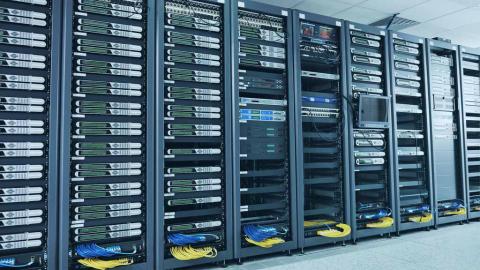
 Dr. Tomas Rahkonen
Dr. Tomas Rahkonen
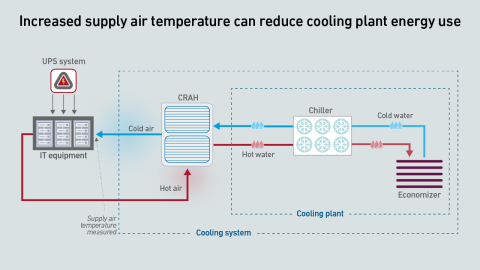

 Jay Dietrich
Jay Dietrich
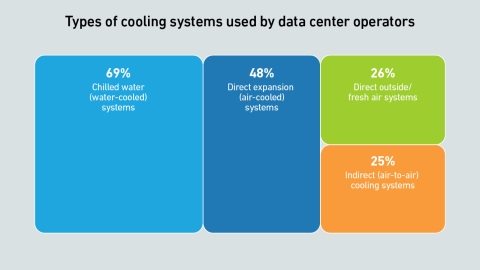
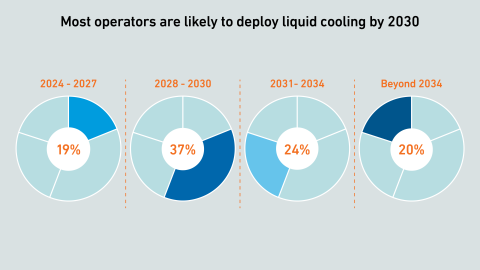
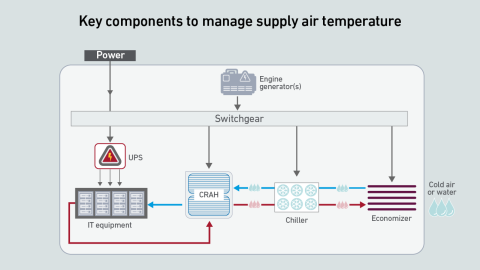
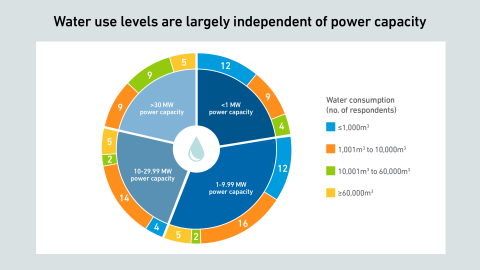

 Andy Lawrence
Andy Lawrence

 John O'Brien
John O'Brien
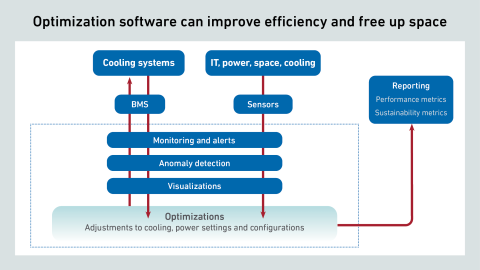

 Rosa Lawrence
Rosa Lawrence
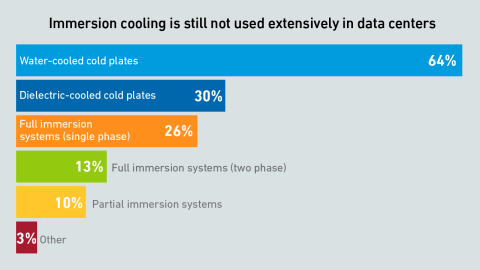
 Jabari Williams-George
Jabari Williams-George
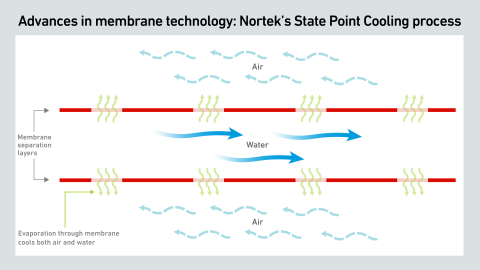
 Anthony Sbarra
Anthony Sbarra
 Laurie Williams
Laurie Williams
